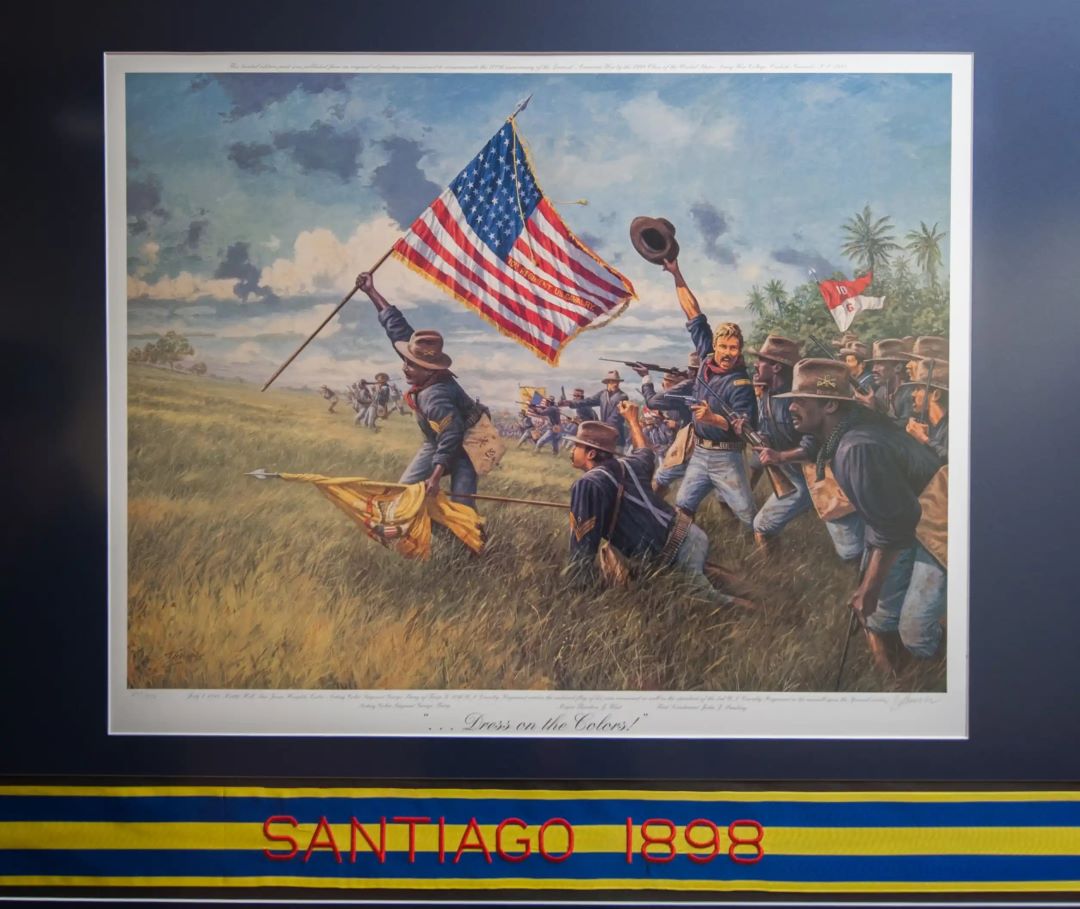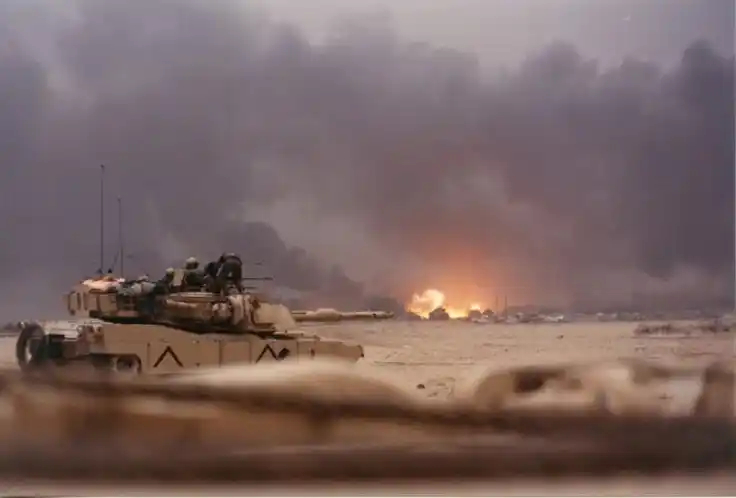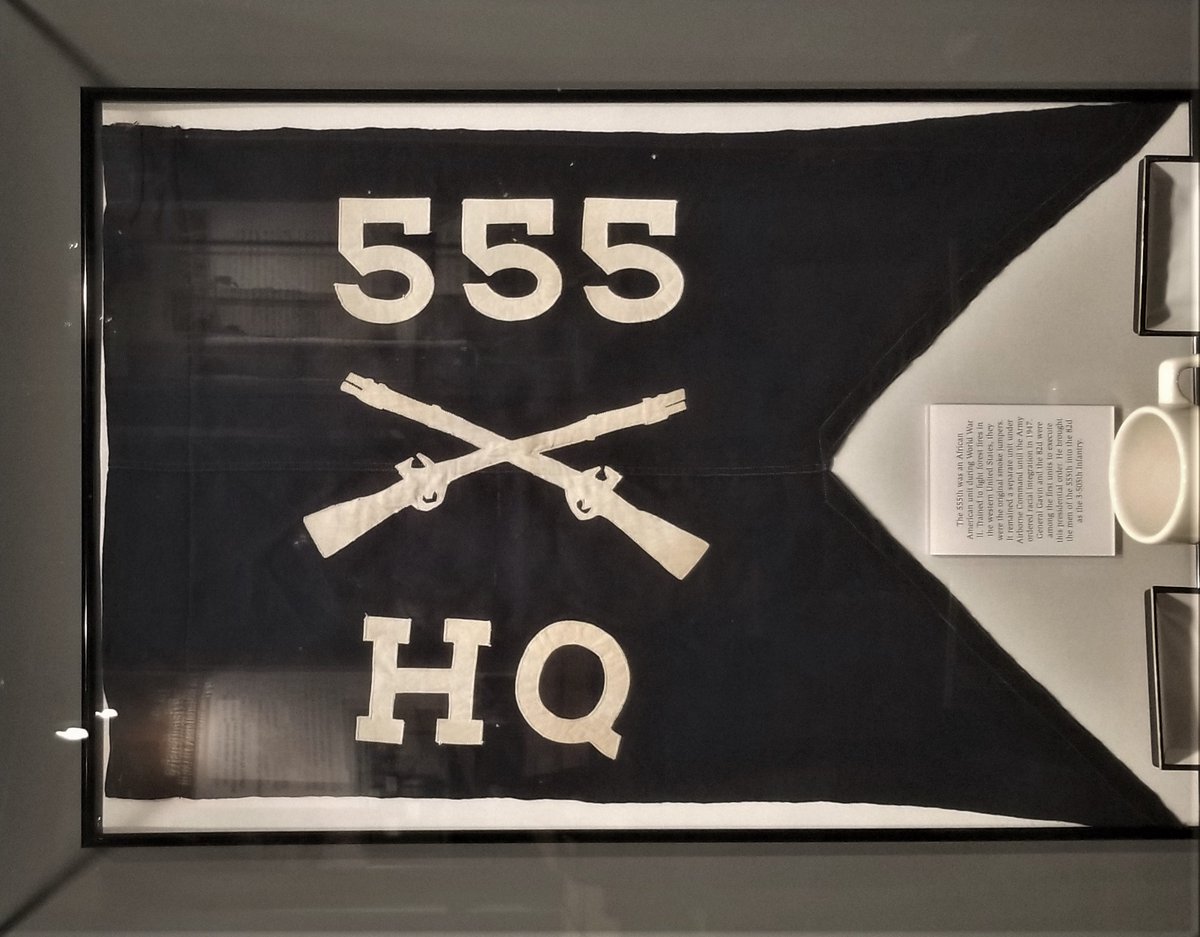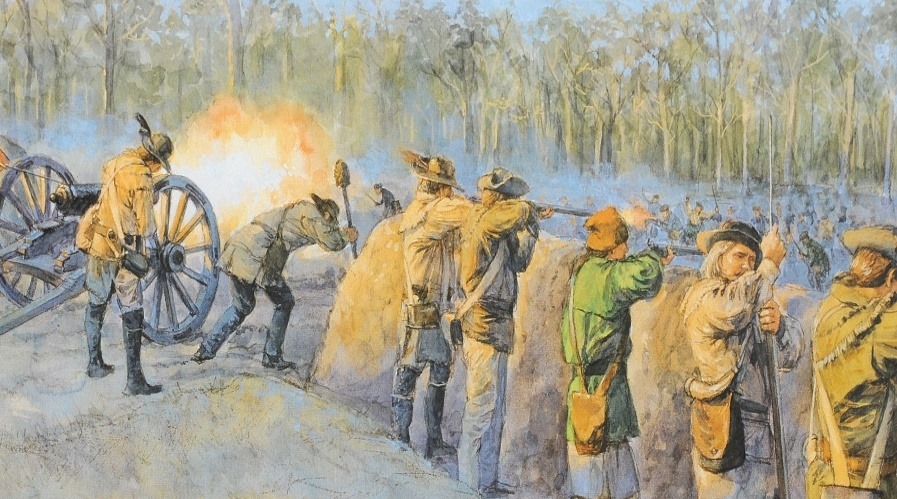
27 FEBRUARY 1991 – BATTLE OF HIGHWAY 8 (U.S. ARMY’S “HIGHWAY OF DEATH”) – OPERATION DESERT STORM
One of the most iconic episodes of DESERT STORM is the destruction unleashed by against enemy forces along the so-called “Highway of Death.”
#Armyhistory
One of the most iconic episodes of DESERT STORM is the destruction unleashed by against enemy forces along the so-called “Highway of Death.”
#Armyhistory

The most famous portion of the Highway of Death is Highway 80, the main artery connecting Iraq and Kuwait; an important spur of the road inside Iraq was Highway 8, which was used by Iraqi military elements as they fled in the face of the U.S. advance and attempted to regroup.
In the Army’s “turkey shoot,” the 24th ID engaged the enemy on Highway 8 during the afternoon/evening of the 27th, employing artillery, armor, and AH-64 Apache helicopters to decimate Iraqi forces, destroying 185 armored vehicles and 400 trucks. 

The Iraqi Republican Guard forces were attacked along a 50-mile stretch of the road.
#USArmy #TRADOC #DesertStorm #GulfWar #M1Abrams #M2Bradley #AH64 #MilitaryHistory #24thID @USArmy @TRADOC @FORSCOM @24thInfantry
#USArmy #TRADOC #DesertStorm #GulfWar #M1Abrams #M2Bradley #AH64 #MilitaryHistory #24thID @USArmy @TRADOC @FORSCOM @24thInfantry
• • •
Missing some Tweet in this thread? You can try to
force a refresh
















